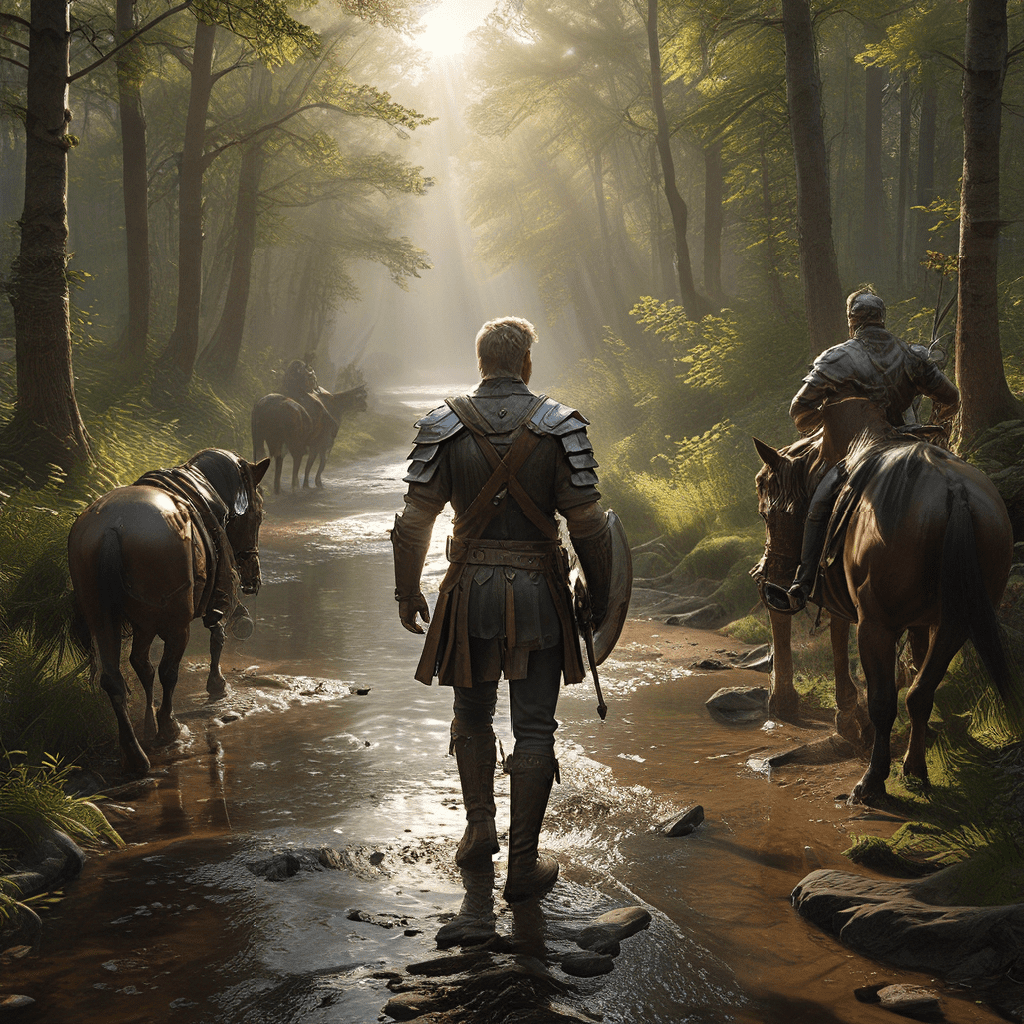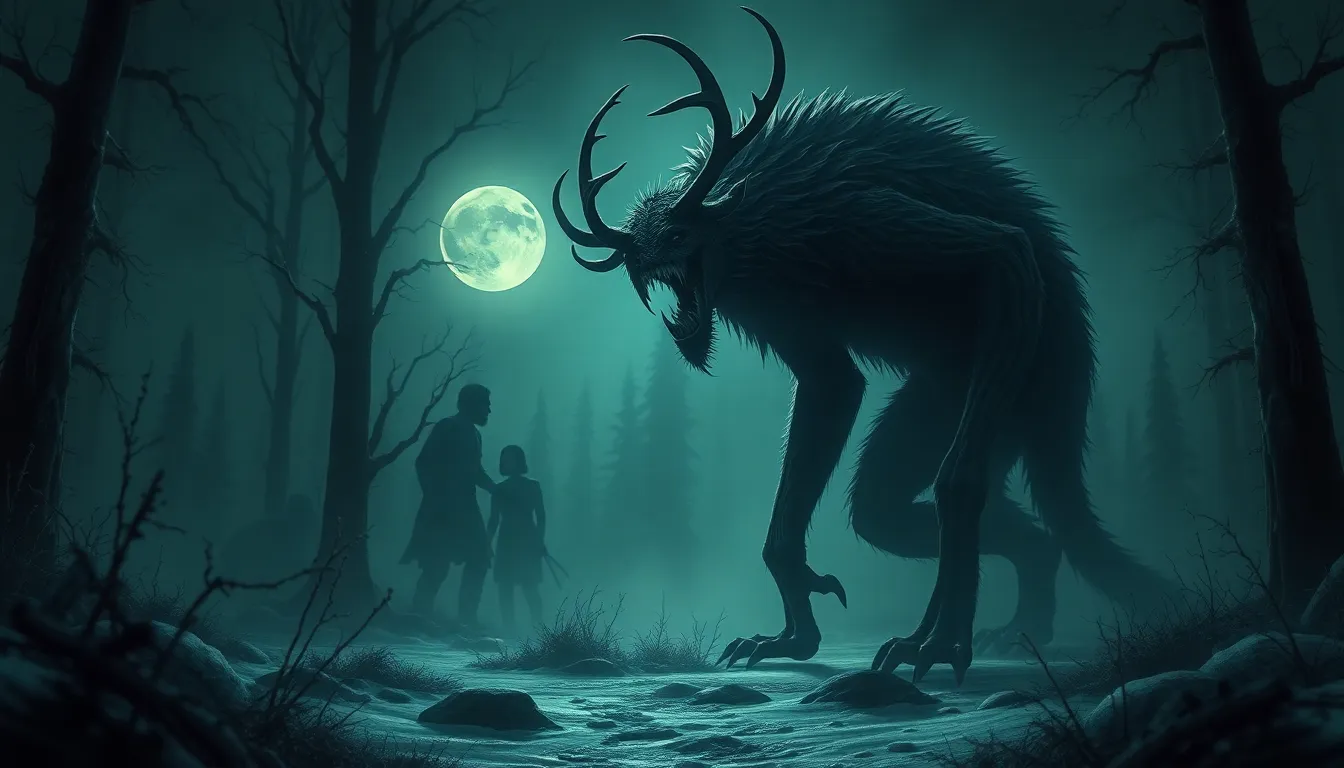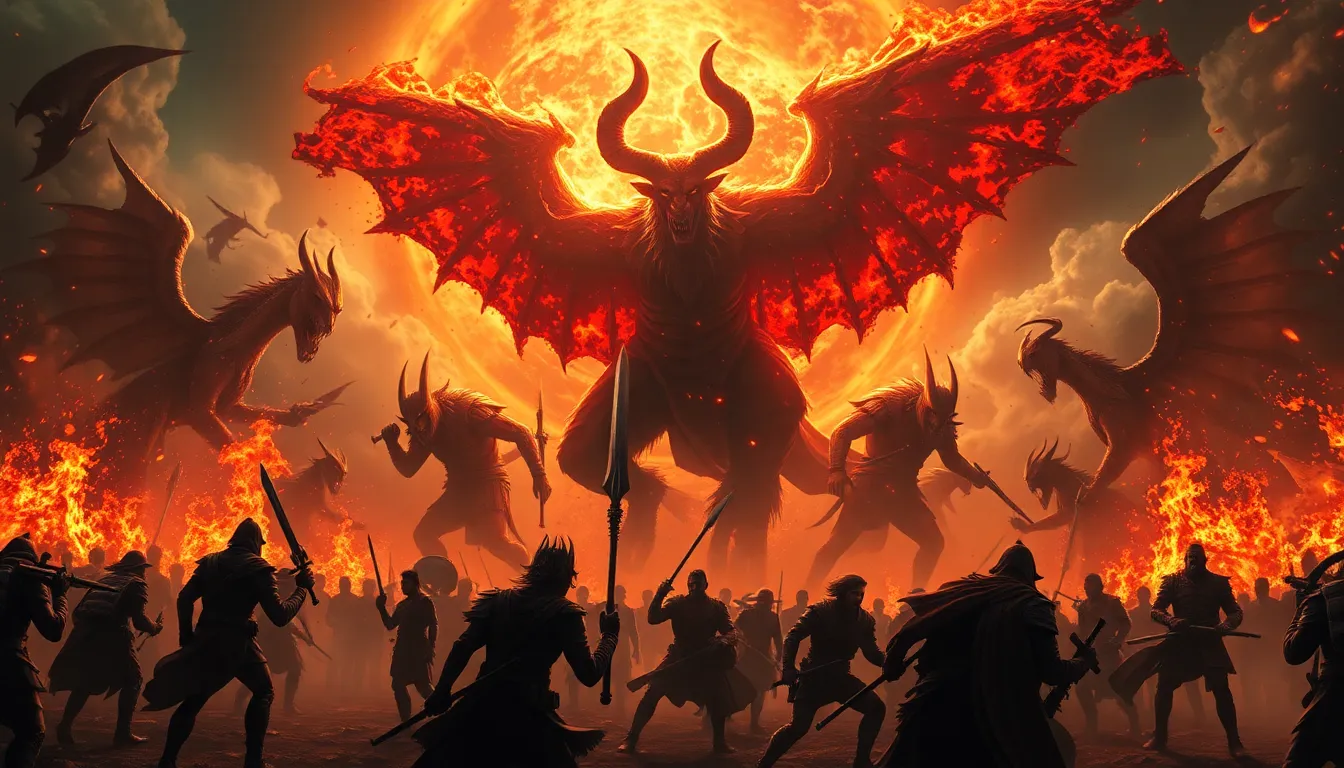Introduction: The Rich Tapestry of Indonesian Mythology
Indonesia, an archipelago nation with thousands of islands, boasts a vibrant culture that's deeply rooted in mythology. These stories, passed down through generations, offer an intriguing glimpse into the beliefs, values, and imagination of the Indonesian people. Indonesian mythology is a rich tapestry woven with tales of gods, spirits, heroes, and mythical creatures, reflecting the diverse landscape and cultural influences of the nation.
From the majestic mountains to the vast oceans, the Indonesian archipelago has served as a fertile ground for the birth and evolution of captivating myths and legends. These stories, often intertwined with local traditions, provide insights into the complex relationship between humans and nature, exploring themes of creation, love, duty, and the eternal struggle between good and evil.
The Divine Realm: Deities and Spirits in Indonesian Folklore
The realm of Indonesian mythology is populated with a vast array of deities and spirits, each with their own distinct powers and roles. In Javanese mythology, the most prominent deity is Sang Hyang Widhi, the supreme creator god who embodies ultimate power and wisdom.
Other important deities include Brahma, Vishnu, and Shiva, who represent the forces of creation, preservation, and destruction, respectively. These deities are often depicted in traditional dance performances, showcasing their divine attributes and significance in the cultural landscape.
Besides the major deities, Indonesian folklore is also rich with a variety of spirits that inhabit the natural world. These spirits, often referred to as "makhluk halus," are believed to influence human lives, with some being benevolent while others are malevolent.
Beliefs surrounding these spirits influence many aspects of daily life, from traditional rituals and offerings to the construction of houses and villages. The Indonesian belief system emphasizes harmony and balance, with respect for both the divine and the spiritual realm.
The Creation Myth: The Birth of the World and Humanity
The Indonesian creation myth, like many other myths around the world, explores the origins of the universe and human existence. One prominent creation myth tells the story of how the world was created from an egg laid by a mythical bird, known as Garudha.
The egg, containing the essence of the universe, was eventually cracked, giving rise to the earth and the heavens. This creation story emphasizes the interconnectedness of all things and the importance of balance within the natural world.
The Epic of Ramayana: Love, Duty, and the Quest for Justice
The Ramayana, a renowned Sanskrit epic, holds a significant place in Indonesian mythology. This epic tale, narrating the epic journey of Rama and his quest to reclaim his wife Sita from the evil demon king Ravana, resonates deeply with Indonesian cultural values.
The Ramayana resonates with the Indonesian people due to its central themes of love, duty, justice, and the triumph of good over evil. The story of Rama and Sita has been adapted into various forms of art, including puppet shows, shadow plays, and dance performances, showcasing the enduring relevance of this epic in Indonesian culture.
The Tale of Sangkuriang: A Tragic Love Story and the Birth of Tangkuban Perahu
The tale of Sangkuriang, a tragic love story, is another prominent myth in Indonesian folklore. This story tells the tale of a young man who, unaware of his own identity, falls in love with his own mother.
When his mother, Dayang Sumbi, reveals the truth, Sangkuriang, consumed by anger and shame, vows revenge. In a fit of rage, he kicks over a boat that his mother was building, causing it to overturn and become the mountain Tangkuban Perahu. This story serves as a cautionary tale, highlighting the consequences of unchecked anger and the importance of self-awareness.
The Power of Folklore in Indonesian Culture
Indonesian folklore plays a vital role in shaping the country's cultural identity. These stories, passed down through generations, provide a shared understanding of history, beliefs, and values. They act as a powerful tool for preserving cultural heritage and fostering a sense of community. Folklore serves as a rich source of inspiration for various forms of art, including music, dance, theatre, and literature.
The stories are brought to life through traditional art forms like "wayang kulit" (shadow puppetry), "wayang golek" (three-dimensional puppetry), and "gamelan" (percussion orchestra). These performances not only entertain but also educate audiences about the values embedded in these tales. They remind people of their cultural roots and serve as a powerful means of transmitting knowledge and wisdom to future generations.
Themes of Hope and Despair: Exploring the Human Condition
Indonesian mythology, like many other mythologies worldwide, explores the complexities of the human condition, showcasing both hope and despair. They reflect the triumphs and tragedies, joys and sorrows that are an inherent part of the human experience.
Through these tales, people can connect with the universal emotions of love, loss, courage, and fear. They offer solace and understanding during times of adversity and provide a sense of purpose and meaning in life.
The stories often depict a struggle between good and evil, illustrating the eternal battle between light and darkness that resonates with people across cultures and time. The heroes and heroines in these myths often persevere through trials and tribulations, inspiring hope and demonstrating the resilience of the human spirit.
The Role of Nature in Indonesian Mythology
Nature plays a central role in Indonesian mythology, influencing the stories and shaping the cultural landscape. The archipelago's diverse geography, from towering mountains to lush rainforests, has inspired tales of mythical creatures, spirits, and deities.
Many myths feature natural elements like mountains, rivers, and trees as symbols of power, wisdom, and spirituality. For instance, the story of Sangkuriang is intricately linked to the mountain Tangkuban Perahu, symbolizing the consequences of anger and the power of nature to influence human destiny.
These myths encourage a deep respect for the natural world and emphasize the importance of living in harmony with nature. They remind people of their interconnectedness with the environment and the need to protect and preserve it.
The Impact of Indonesian Mythology on Modern Life
Indonesian mythology continues to influence modern life, shaping cultural practices, beliefs, and even the naming conventions of places and people. Traditional rituals based on ancient myths are still practiced in rural areas, reflecting the enduring power of these stories.
The names of many places in Indonesia are derived from mythology, reflecting the deep connection between these stories and the land. The stories also inspire modern art, literature, and film, ensuring the legacy of these myths live on in contemporary culture.
The themes of justice, duty, and the struggle between good and evil explored in these myths resonate with modern audiences, demonstrating the timeless relevance of these stories.
Conclusion: The Enduring Legacy of Indonesian Mythology
Indonesian mythology is a treasure trove of stories that offer a glimpse into the rich cultural heritage and vibrant imagination of the nation. These stories, woven with themes of creation, love, duty, and the struggle between good and evil, continue to inspire and shape the lives of Indonesians today.
The enduring legacy of Indonesian mythology lies in its ability to connect people to their past, their beliefs, and their values. It serves as a powerful tool for cultural preservation, promoting understanding and unity across diverse communities. As new generations engage with these timeless tales, the spirit of Indonesian mythology will continue to thrive, ensuring its relevance for generations to come.
FAQ:
Q: What is the most famous Indonesian myth?
A: The most famous Indonesian myth is probably the epic tale of Ramayana, which is a renowned Sanskrit epic. It's a story about love, duty, and justice, and it resonates deeply with Indonesian cultural values.
Q: What is the difference between Indonesian mythology and folklore?
A: Indonesian mythology refers to the stories and beliefs about gods, spirits, and mythical creatures. Folklore encompasses a broader range of stories, including myths, legends, folktales, and proverbs.
Q: How does Indonesian mythology impact everyday life?
A: Indonesian mythology continues to influence modern life, shaping cultural practices, beliefs, and even the naming conventions of places and people. Traditional rituals based on ancient myths are still practiced in rural areas, reflecting the enduring power of these stories.
Q: What role does nature play in Indonesian mythology?
A: Nature plays a central role in Indonesian mythology, influencing the stories and shaping the cultural landscape. The diverse geography of the archipelago, from towering mountains to lush rainforests, has inspired tales of mythical creatures, spirits, and deities.
Q: What are some of the key themes explored in Indonesian mythology?
A: Key themes explored in Indonesian mythology include creation, love, duty, the struggle between good and evil, and the interconnectedness between humans and nature.




